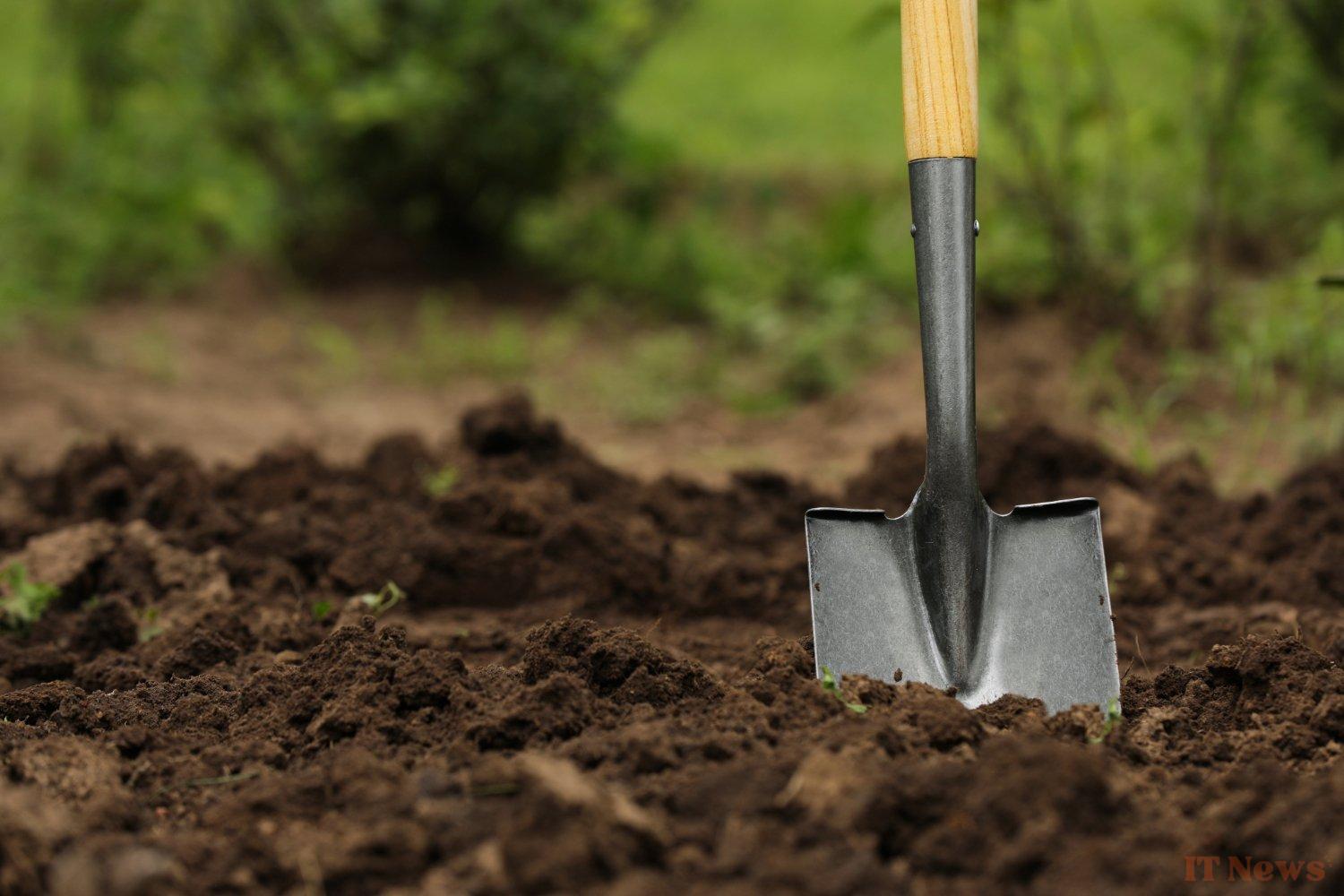With the heat, soils can suffer and their moisture levels drop drastically, endangering the health of plants, lawns, and shrubs. And if a heatwave arrives, water restrictions can unfortunately make things worse. Fortunately, there are a few tips for ensuring soil absorbs and retains moisture well, even during dry periods.
Biochar: The Ultimate Solution for Well-Hydrated Soil?
Maintaining optimal plant hydration is essential for their health and the balance of the garden. To achieve this, you must ensure that the soil is able to absorb water well. One very effective tip is to use biochar:
Biochar is a vegetable charcoal produced through a process called pyrolysis. Pyrolysis involves heating organic matter in the absence of oxygen at high temperatures. Biochar can be created from various biomass residues (wood, agricultural residues, straw, etc.). The result is a highly absorbent, crumbly material that allows the soil to act like a sponge, retaining large amounts of water. As a result, it significantly reduces the need for watering, resulting in water savings.
A pH Regulator
Biochar typically has a basic pH, between 7 and 10. This characteristic can be very beneficial for acidic soils, as it helps raise the pH to a more neutral level, which is essential for proper nutrient uptake by plants. A pH-balanced soil promotes better availability of nutrients essential for plant growth. Biochar also has the ability to improve soil aeration and stimulate microbial life, creating a healthier environment for roots. Since it raises soil pH, biochar should be used sparingly on already neutral soils, but can save soil that is too acidic, where some plants cannot thrive.
How to use biochar in the garden?
Available in some garden stores and specialist websites, biochar can be used for lawns, but also for vegetable gardens or tree planting. It is a black substance sold in powder or small granule form.
First of all, remember that biochar should generally not be used alone, but mixed with other organic substances such as compost or potting soil. For lawns, it is recommended to scarify first, then spread a thin layer of the mixture over the entire planted area. For trees and shrubs, apply your mixture to the surface of the planting area and let the soil gradually absorb the biochar. The mixture can also be used for new plantings: simply add it in and around the hole dug for the plant.
Don't have a garden? Biochar can also be used for potted plants and planters. Simply mix it into the soil with a little compost. Your plants will thank you!
Biochar: a powerful ally against global warming
A particularly interesting aspect of biochar production is its positive impact on the environment. During photosynthesis, plants absorb carbon dioxide. When they decompose naturally, this carbon is released into the atmosphere. The pyrolysis process, on the other hand, transforms plant matter into a stable form that locks the carbon into the soil. Biochar is thus considered a true “carbon sink,” contributing to the fight against climate change by sustainably sequestering CO2.
Recently, in-depth studies on biochar have shown that it is capable of capturing CO2 for much longer than previously thought, and that it could be a sustainable solution for removing CO2 from the atmosphere and limiting the effects of global warming.
Other tips for limiting watering
In addition to biochar, certain actions can help your garden better withstand drought:
Prepare the soil so that it absorbs water as well as possible. Soil that is too hard and not sufficiently aerated will have difficulty absorbing water, making watering less effective. Dig the soil regularly to allow water to better reach the roots and promote drainage.
Group plants together and create areas with similar water needs. This will allow you to water more efficiently, without waste.
Make the most of shade by creating covered areas, either with more resistant plants or with shade structures. This will prevent watering from evaporating too quickly and will allow plants to get through the summer without too much suffering.
Optimize the watering process by avoiding watering at times when water is likely to evaporate too quickly. It is best to water heavily at the beginning and end of the day, and avoid watering in the middle of the day. To prevent evaporation too quickly during the day, you can also use mulch or wood chips at the base of the plants. These materials will create a barrier capable of retaining moisture, slowing evaporation, and repelling certain weeds.



0 Comments